In May a couple weeks before my 19-day quasi-round the world trip, I bought a Sony a6000. As a long-time Nikon girl, this was a huge decision for me. It wasn’t one I went into lightly. But my health depended on it. Here’s my Sony a6000 review.
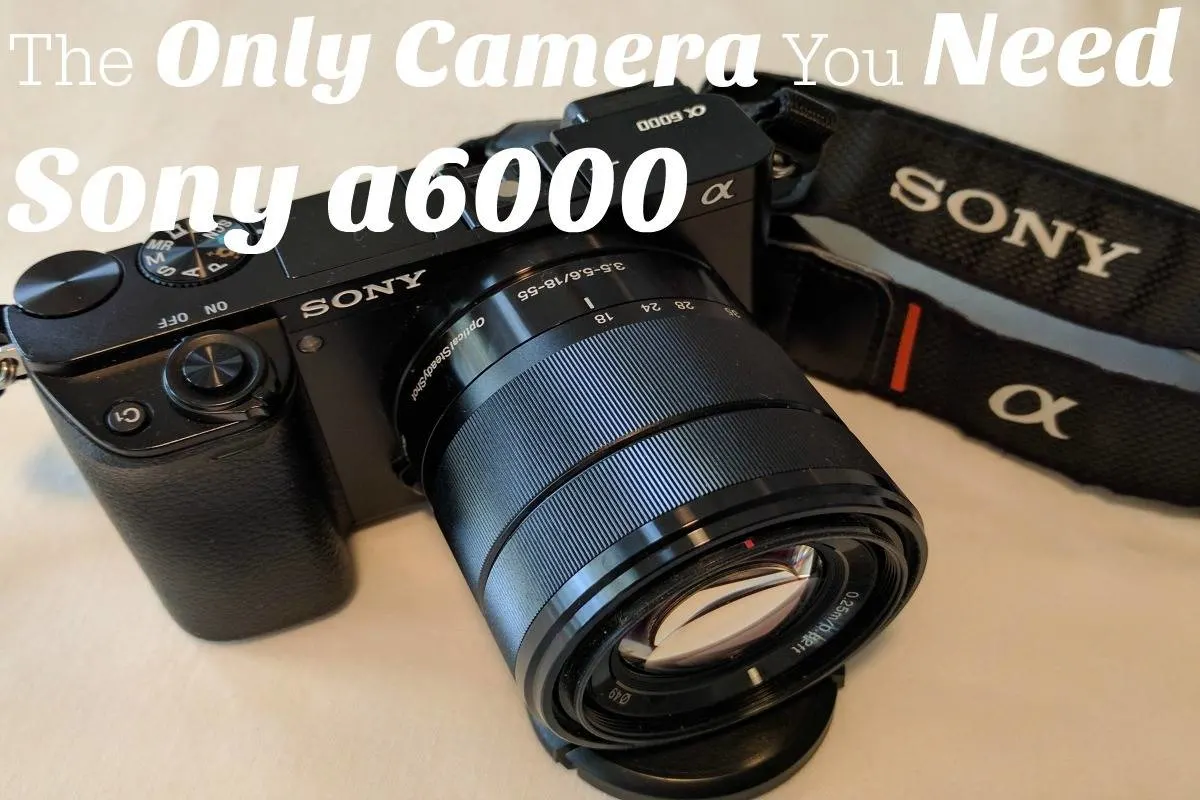
Sony a6000

The Sony a6000 makes taking low light photos a snap.
I take a lot of photos all the time, especially when traveling. Because I can’t get good low light photos with my iPhone, I bring a camera.
Specifically, I bring one of my Nikon DSLR cameras, either the D50 with the 18-200 lens or the D7000 with 18-300 lens, aka the big cameras. If I’m shooting a lot, like when I went to Iguazu Falls, then I bring the Nikon D7000 because it has two SD card slots and a battery pack. But if I’m only shooting 500 or so pictures each day then I’d bring the Nikon D50.
A Nikon D50 with an 18-200 lens weighs a little over 2 pounds. And a Nikon D7000 with an 18-300 lens and battery pack weighs about 5 pounds. While that might not seem a lot, that’s 2 to 3 pounds on your back, hanging from your neck, or in your hand all day.
Plus a large camera takes up room in your backpack or carry-on bag and adds extra weight. Not what you want when you’re traveling internationally and they weigh bags, including backpacks, that look heavy.
But the bummer about having big cameras, because they are so heavy I left them at home on some trips like when I went to Milan, Dublin, and the first time I visited Abu Dhabi and Dubai.
So I needed a camera that was small, light enough to bring with me all the time, and takes great pictures. In other words, the Sony a6000.
The Sony a6000, also known as the Sony Alpha a6000, is a mirrorless camera. DSLR cameras (digital single-lens reflex) like my Nikon D50 and D7000 have a mirror which bounces the image so that you can see it in the viewfinder. A mirrorless camera, like the Sony a6000, doesn’t have that mirror.
Sony a6000 specifications

The Sony a6000 with 18-55mm lens
- Image sensor: 24.3 Megapixel Exmor® APS HD CMOS sensor with BIONZ X™ engine
- Max resolution: 24 Megapixel: 6000 x 4000 resolution
- ISO sensitivity: Auto, 100 – 25600
- Sensor type/size: CMOS, 23.5 x 15.6 mm
- Lens mount: Sony E-mount interchangeable lens system
- Autofocus points: 179 phase detection; 25 contrast detection
- Still image file formats: JPEG, RAW
- Movie file formats: MP4, MPEG-4 AVC/H.264, XAVC S
- Exposure modes: Aperture Priority, Intelligent Auto, Manual, Memory Recall, Movie, Programmed Auto, Scene Selection, Shutter Priority, Superior Auto, Sweep Panorama; Metering Range: EV 0.0 – EV 20.0; Compensation: -5 EV to +5 EV (in 1/3 or 1/2 EV steps)
- Shutter: Electronic & Mechanical; Speed: 30 – 1/4000 second, Bulb Mode; 1/4 – 1/4000 second in Movie Mode
- Continuous shooting: Up to 11 fps
- Built-in flash
- Flash modes: Auto, Fill-in, Off, Rear Sync, Red-eye Reduction, Slow Sync, Wireless
- Max sync speed: 1/160 seconds
- External flash connection: Hot Shoe, Wireless
- Video: 1920 x 1080 – 60 frames per second, 24 frames per second; 1440 x 1080 – 30 frames per second; 640 x 480 – 30 frames per second
- Built-in microphone with video, stereo
- 3″ tilting LCD widescreen
- Shutter lag: 0.02 seconds
- Self-timer: 10 seconds, 2 seconds
- Remote control: RM-DSLR2 (Optional)
- Memory cards: SD, SDHC, SDXC, Memory Stick Pro Duo, Memory Stick Pro HG-Duo
- Wi-Fi
- Connectivity: HDMI D (Micro), USB 2.0, Wired Remote Port
- 1x NP-FW50 Rechargeable Lithium-ion Battery Pack, 7.2 VDC, 1080 mAh
- Dimensions: 4.7 x 2.6 x 1.8″ / 120.0 x 67.0 x 45.0 mm
- Weight: 12.13 oz / 344 g (with battery and memory card)
The Sony a6300 is the newest version of their E-mount mirrorless cameras.
The difference between the Sony a6000 and Sony a6300:
- Image sensor: 25 Megapixel
- Autofocus points: 425 phase detection and 169 contrast detection
- Video: 4k video
- Audio recording: Built-in Mic: With Video, Stereo, Optional External Mic: With Video, Stereo
- Self-timer: 10 seconds, 5 seconds, 2 seconds
- Dimensions: 4.7 x 2.6 x 1.9″ / 120.0 x 66.9 x 48.8 mm
- Weight: 14.25 oz / 404 g (with battery and memory card)
Pro-tip: For the same price as the Sony a6300, you could buy the full-frame Sony a7.
Weight
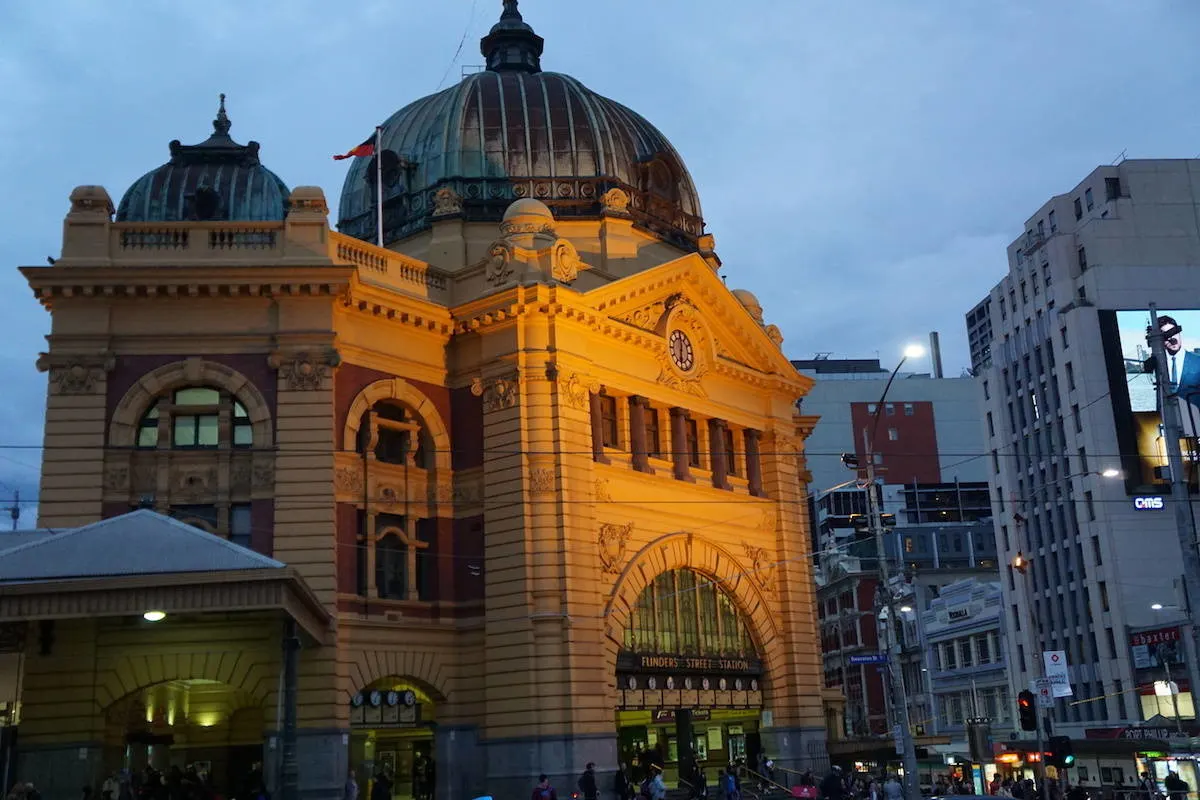
At only 1 pound, the Sony a6000 is light enough to carry all day
Although the Sony a6000 doesn’t have a mirror, it doesn’t make it any less capable than a DSLR camera. All of the photos in this post were taken with my Sony a6000 (except for the photos of the camera).
What it does is make it significantly lighter. Light enough to eliminate that extra weight and avoid neck and back pain.
The Sony a6000 only weighs 1 pound. Yep, 1 little pound. Half the weight of my Nikon D50. And one fifth the weight of my Nikon D7000. That’s a huge weight off my neck (pun totally intended).
Size
Because the Sony a6000 is a small camera, it looks like a point and shoot camera. Which makes it totally low profile.
So low profile that I can take photos without attracting attention to myself. Which if you lug around a giant DSLR, you know that’s totally impossible.
When I traveled with my big cameras I was often mistaken for a professional photographer. Which was both good and bad. It meant that I could take photos when others couldn’t. But I couldn’t take photos when others could. “Hey, no professional photographers.” “Do you have a permit?”
With my D50 and D7000, I couldn’t snap those unobtrusive photos without anyone realizing it because I had a big honkin’ camera in front of my face or attached to my arm. Oh sure, I’ve taken many shots where I’d raise my arm snap away from waist high. So it wouldn’t look like I was taking pictures.
But sometimes you want or need a different angle. Or the shot just isn’t right that low. You need a better vantage point.
And that’s where the Sony a6000’s size comes into play.
You look like you’re using a point and shoot camera. And you can take as many photos as you want without being bothered. Plus it fits in my cross-shoulder body bag. And I even have room for my glass case, passport, wallet, chapstick, and keys.
Why I Chose the Sony a6000
Everyone Had One
Being a Nikon girl, I wanted to stay true to Nikon but the Nikon 1 didn’t have as many great reviews as the Sony a6000.
I spent countless hours researching all mirrorless cameras, including the Fuji X-T10, Fuji X-A3 (because it’s cool and retro looking), and the Leica X (out of my price range).
And I saw the Sony a6000 everywhere: traveling, on press trips, etc. There was always someone who had a Sony a6000.
So I caved and went Sony. And I haven’t regretted it for a moment.
Bring it Anywhere

You can quickly take a picture of your food without being obvious.
As I mentioned earlier, it’s so much smaller than a DSLR. I love that it fits in my bag. I can bring it with me at all times. All those moments when you’re like, “Oh, I wish I had my camera.” Nope, not gonna happen anymore. Because you’ve got your little amazing camera with you.
Compatible With Nikon Lenses
You can buy an adapter and use your Nikon lenses or Canon lenses (if you play for the other team) on your Sony a6000. So if you already have a wide angle lens or 35mm lens, you’ll have some money.
Wi-Fi
Because Wi-Fi is built-in, you can send your photos to your smartphone instantly. Which means you can upload to your social media accounts like Facebook, Instagram, etc. without having to wait until you get back home or to your hotel.
I haven’t used this function yet because I use an Eye-Fi SD card which does the same thing and transfers the photos to my iPhone instantly. But I like that I have an extra option if my Eye-Fi card is full or if I’m using a different SD card.
Pro-tip: Use the Wi-Fi function to back up your photos. Just in case anything happens to your camera before you get a chance to download your pictures.
What I Don’t Like About the Sony a6000
Noise
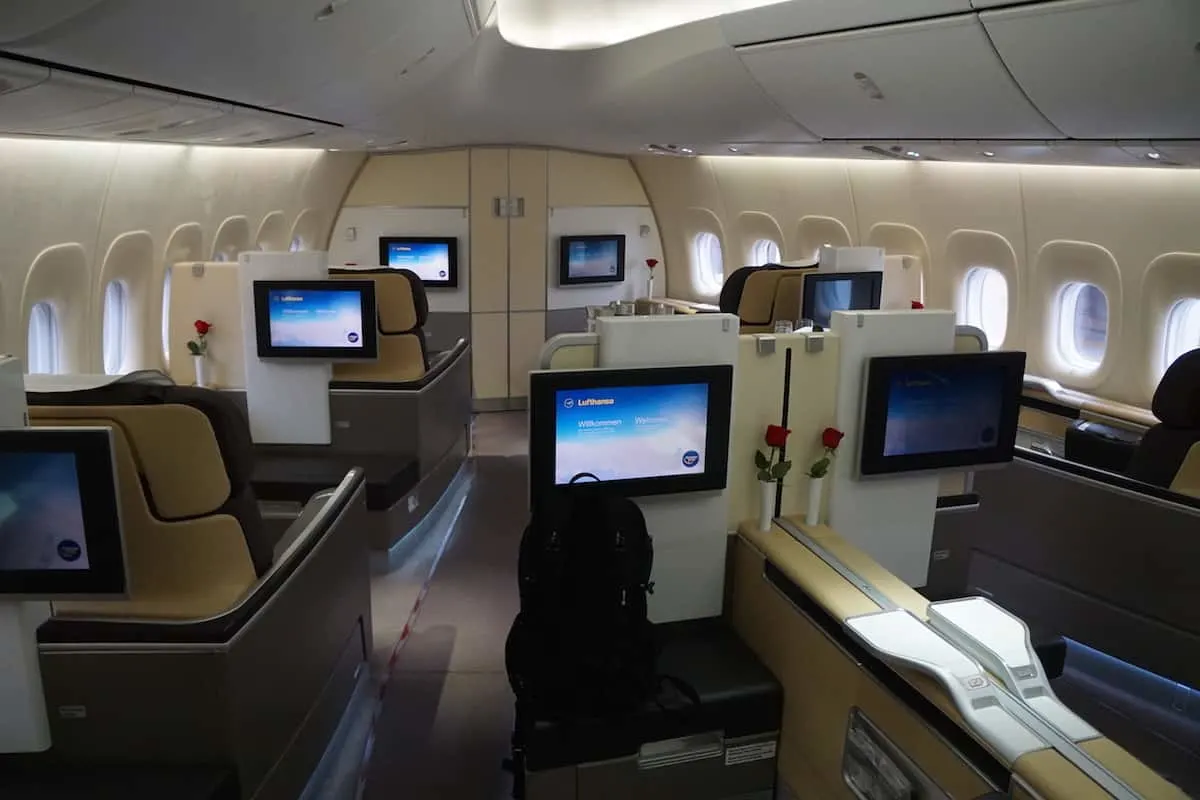
When you’re first to board, the shutter noise won’t bother anyone
The shutter noise aka little beep it makes when it takes a photo. You can’t turn it off.
While it’s just a little beep, it’s annoying none the less. No more secret shots snapped off.
So when that cabin crew tells you to stop taking pictures, you can’t keep taking them like you could with stealth cameras like the X or Y. You have to stop taking photos. 🙁
Battery
You can’t charge the battery outside of the camera. Meaning the battery has to be in the camera to charge. Which means you can’t use your camera while the battery is charging. 🙁 This is my least favorite thing of the Sony a6000.
But you can buy a compatible battery charger like one of these.
Not Weather Sealed
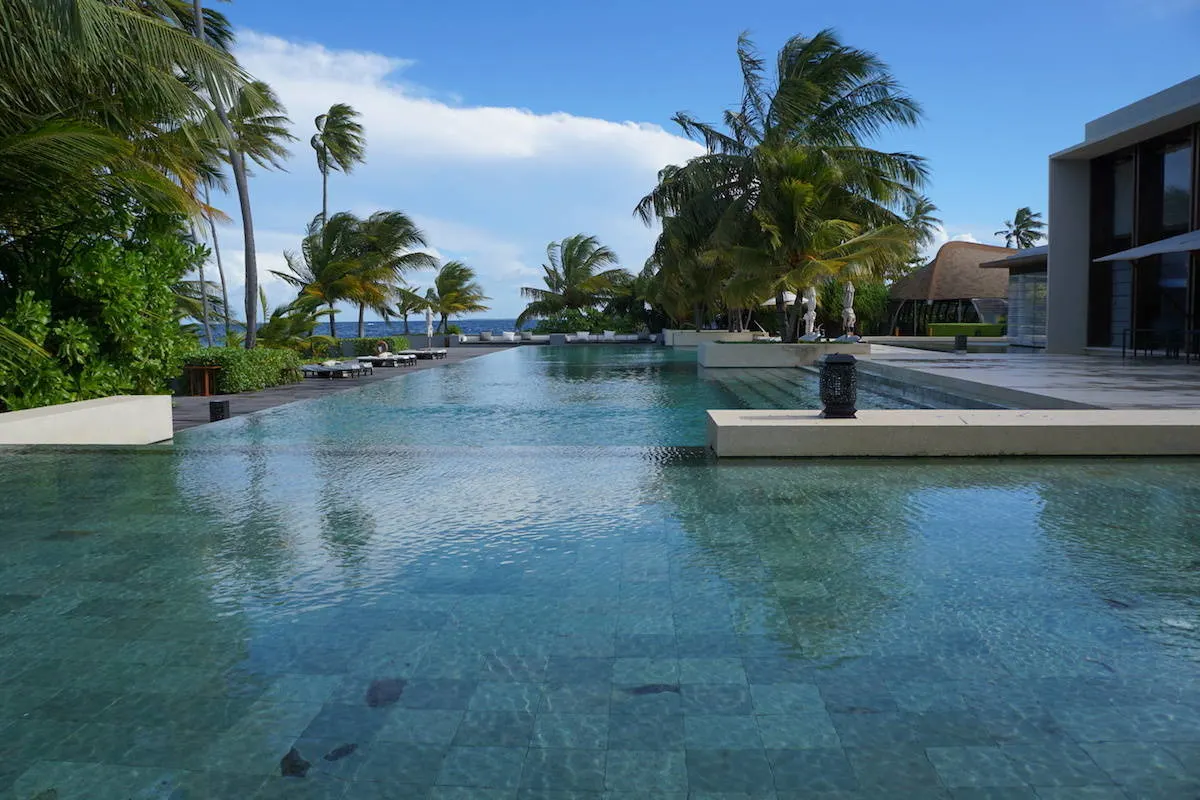
A dip in the pool would be disasterous for the Sony a6000
So you don’t want to take the Sony a6000 out when it could get wet like in the rain or during water sports. Instead bring your GoPro or buy a water housing.
Video
The video quality is great. But I can’t download the files automatically to my iPhone or Mac. I have to use a separate program. 🙁 Not an issue if you are a Windows user.
Not Full Frame
When you take a photo the image you saw on the screen or through the viewfinder will not be the same final image. Because it’s cropped.
It’s a small crop but none the less, you lose a little bit. Not enough to matter to most people.
But if you’re a serious photographer, you’re probably not going to buy the Sony a6000. Because you want a full frame camera like the Sony a7R II or Sony a99 II.
Lenses for the Sony a6000
Sony 35mm
My low light images come out fine with the 16-50mm kit lens but for higher quality images, you’ll want to get a lens like the Sony 35mm.
Sony 55-210mm
The Sony 55-210mm telephoto zoom lens will cover the gaps from the 16-50mm kit lens.
Sony 18-200mm
You avoid having to bring multiple lenses with an all-in-one lens like the Sony 18-200mm.
Sony 10-18mm
If you take landscape photos, you’ll want to get the Sony 10-18mm wide-angle lens.
Gear for the Sony a6000
67mm German Optics UV Filter
Buying a UV Filter is like waxing your car. It adds a layer of protection that helps keep your lens safe. And it’s cheaper to buy another filter than a lens. This 67mm German Optics UV filter is similar to the one that I use on my camera.
SanDisk Memory Card
I buy a lot of SanDisk memory cards. Because they’re reliable and you can usually get them on sale via Amazon or Staples. 🙂
Zomei Z818 Camera Tripod
You’ll want a tripod for landscape photos. They also work great for food photos (if you’re a food blogger). I like the Zomei Z818 Camera tripod.
Conclusion
I’m really glad that I switched from a DSLR to a mirrorless camera, specifically the Sony a6000. It’s so light, compact, and I can bring it anywhere.
Taking photos is so easy, just a click of the button. And I can upload them instantly via Wi-Fi.
And the price is incredibly reasonable. The Sony a6000 is available for $548 for the body only. But I recommend buying it with the 16-50mm lens for $648. Because you save $150 buying the lens with the camera over buying the camera and lens separately.
Remember you can buy an adapter and use your existing Nikon and Canon lenses.
What camera do you use when you travel?
Related posts about my 19-day quasi-round the world trip:
- Review: Lufthansa 747-8 First Class Los Angeles to Frankfurt
- Park Hyatt Mallorca Review: How to Get There
- Review: False Damage Claim and Why You Should Not Rent From Sixt Mallorca
Pin this to your travel gear, travel, vacation, or camera boards:
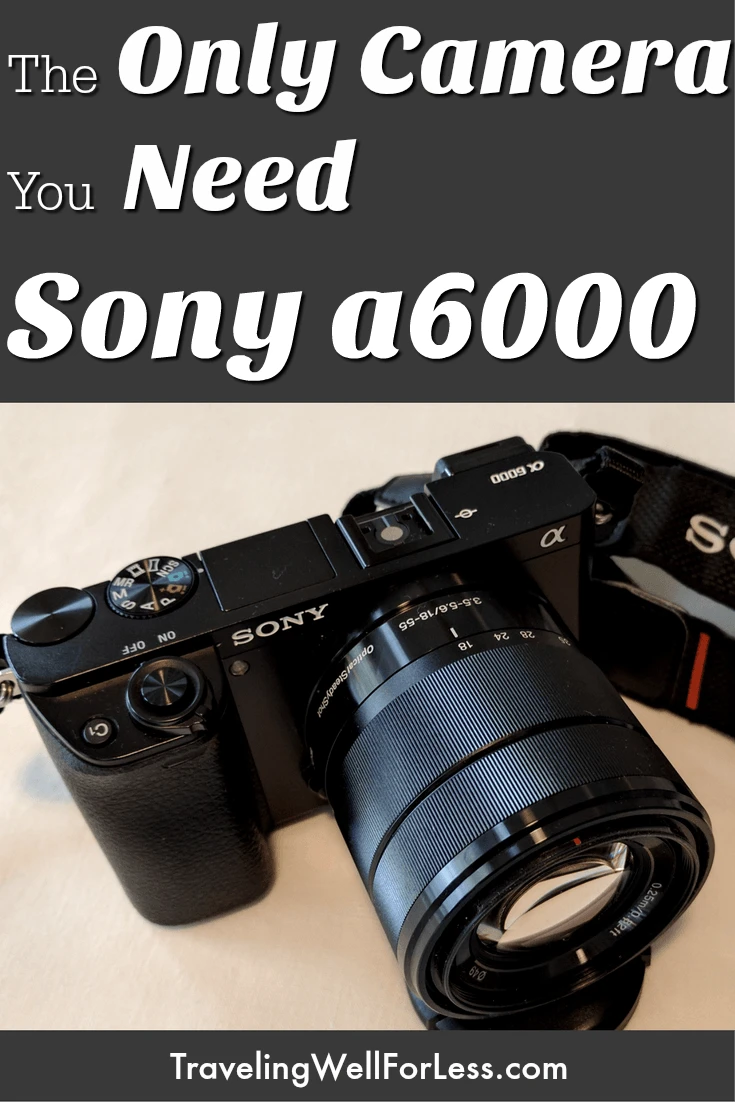
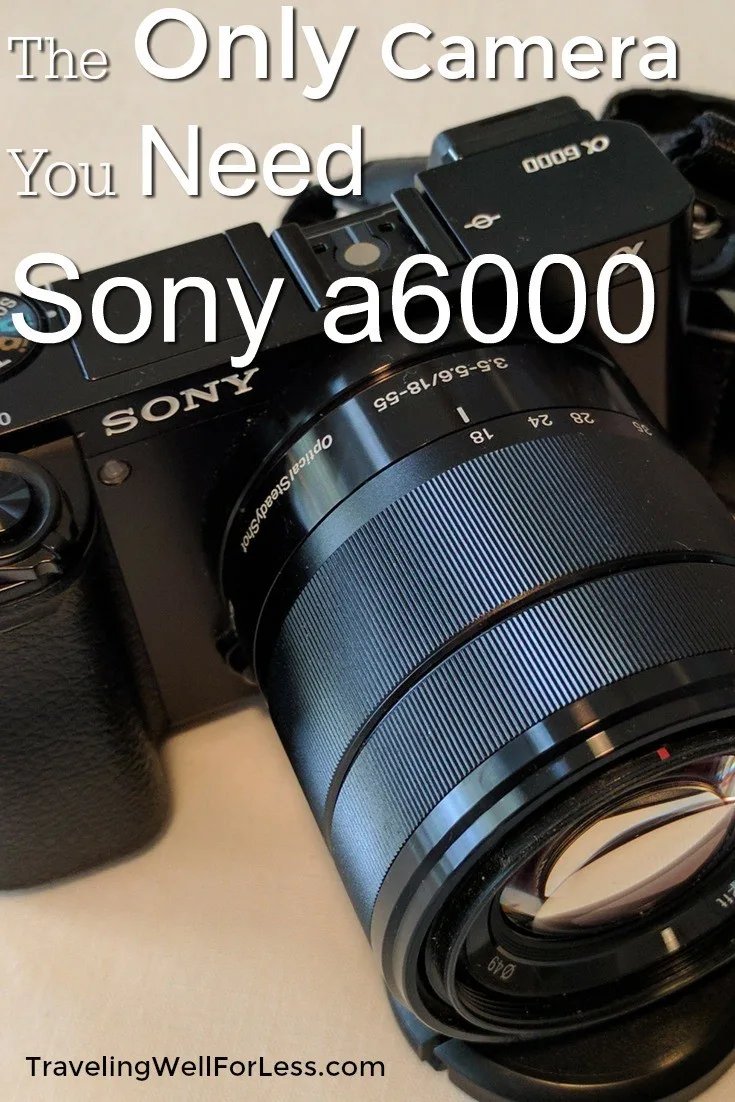
Comment, tweet, or share this post.
Get the best credit card signup bonuses.
Follow us on Twitter | Facebook | Pinterest | Instagram | YouTube
Got a question? Or want help, suggestions, travel tips, learn how to travel for free, find out about travel deals, and maximize your miles and points? Use the subscription box below to sign-up and get post updates by email.
Traveling Well For Less has partnered with Your Best Credit Cards for our coverage of credit card products. Traveling Well For Less and YBCC may receive a commission from card issuers.

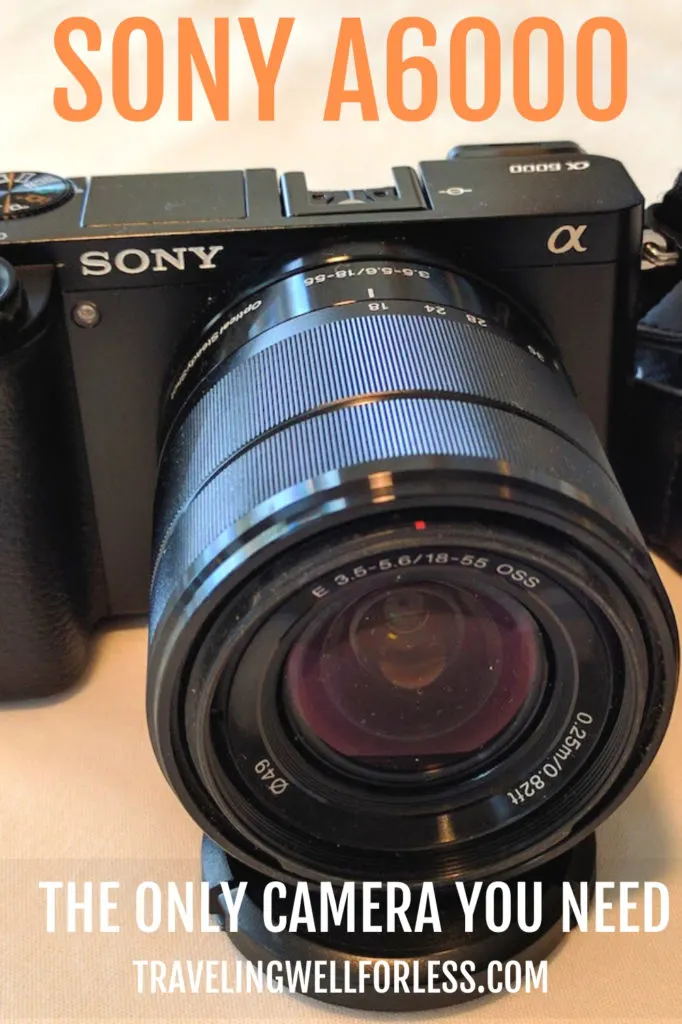

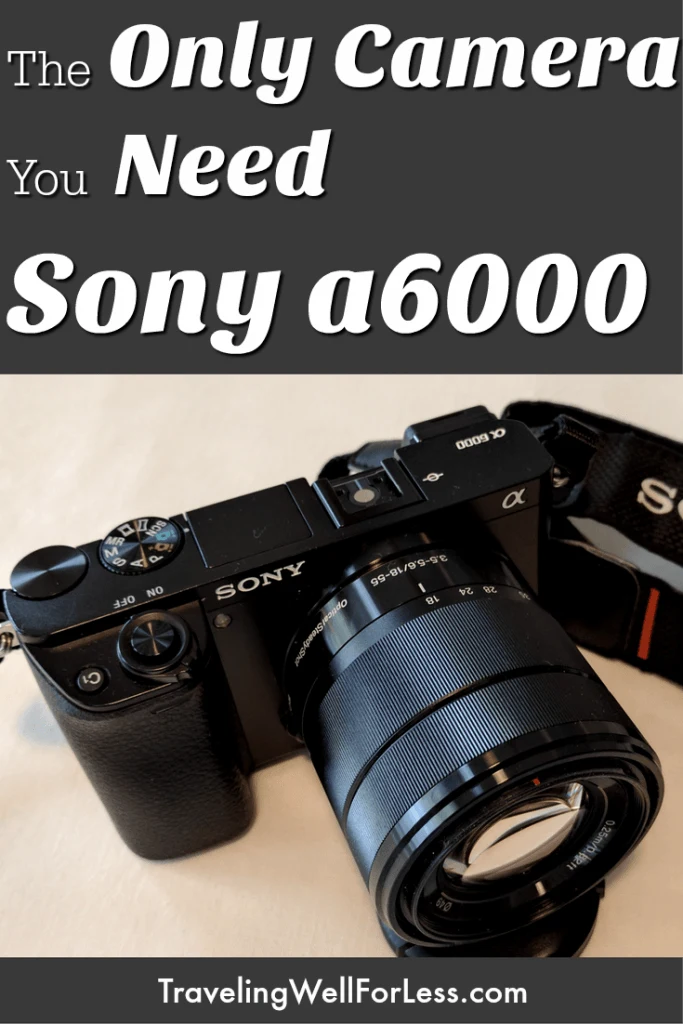
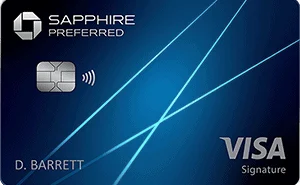

Ines
Tuesday 20th of August 2019
Hello . I have Sony A6300 and a Nikon D50. Can you tell me what is the adapter correct to use the lens from Nikon D50 to Sony A6300. Tks.
Debra Schroeder
Saturday 12th of October 2019
Hi Ines,
This is the adaptor I use to connect a Nikon lens to a Sony a6300 - https://amzn.to/35wRbof.
Milet Miranda
Tuesday 8th of May 2018
I'm a Nikon girl too but like you, I've been wanting to try a lighter system for my travels. Sony A6000 sounds like a great camera for my travel needs. Thank you for sharing!
Will in DC
Monday 5th of February 2018
Thank you for this nice review with photos. I'm buying a first time camera and I'm deciding between this, the a5100 and the a6000. I want a balance of portability (I don't look like "that tourist" :), it can fit in a drawstring bag on a hike, or a carry-on on a flight), but also some heft (not so tiny that I can't control it or it always feels like it'll drop).
I'd feared the a6000 might be too big...but seems fine, you're ok operating it with one hand? Also do you know how this compares to the other two sonys? I'm completely new to this, I just want photos better than iphone 6s.
Mostly I snap social stuff/friends at parties, graffiti, city streets at night, and random nature snaps on hiking trails. I'm not a pro, but I'm also ok learning--slowly--about cameras in the long term.
Ashley Goble
Saturday 15th of July 2017
You can charge the battery outside of the camera! The are many after market chargers to do just that and I have one. There are even some that charge two battery's at a time.
Debra Schroeder
Sunday 16th of July 2017
Hi Ashley Goble,
Thanks, good point about buying a charger and extra battery. I've added a couple to the post.
Swati
Thursday 16th of February 2017
My first ever digicam was Sony and it was too small and light that used to fit in the palm and delivered awesome pictures too Post that I have been using canon and but yes carrying all the lenses all the time is a big pain. Sony a6000 picture quality looks great and nice review.